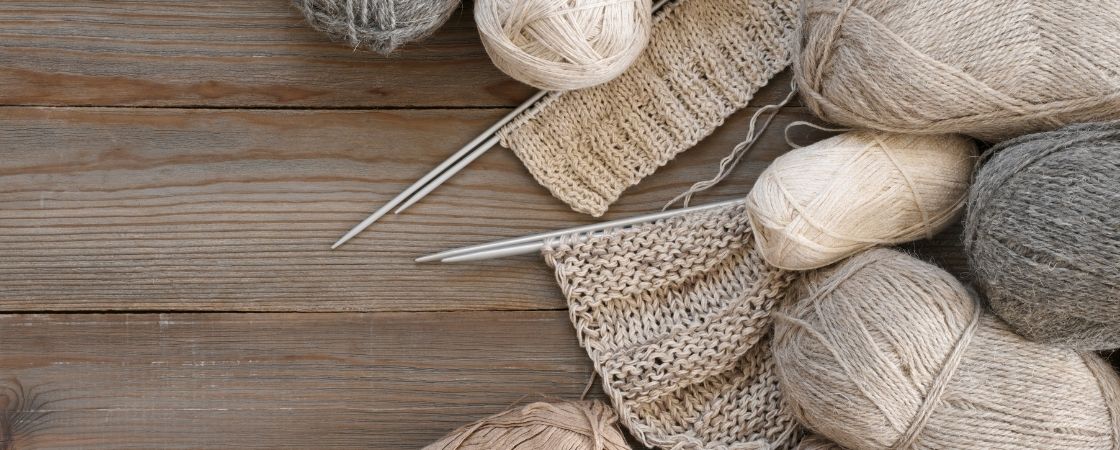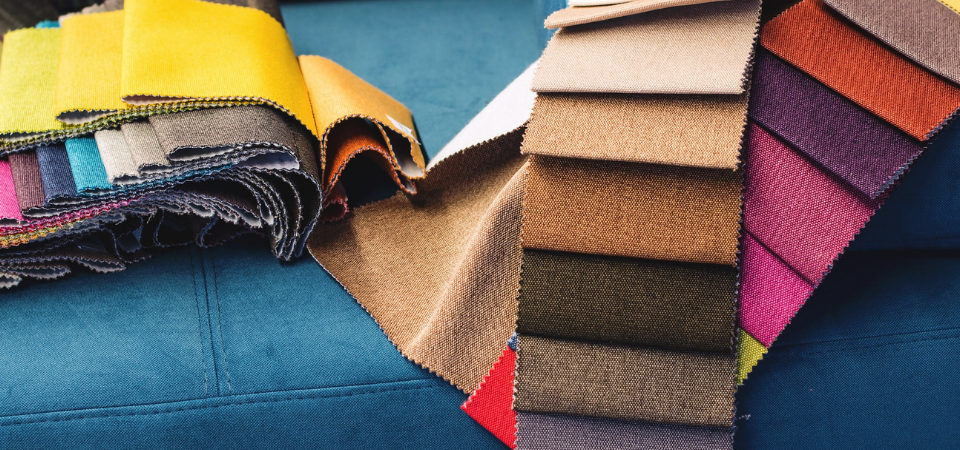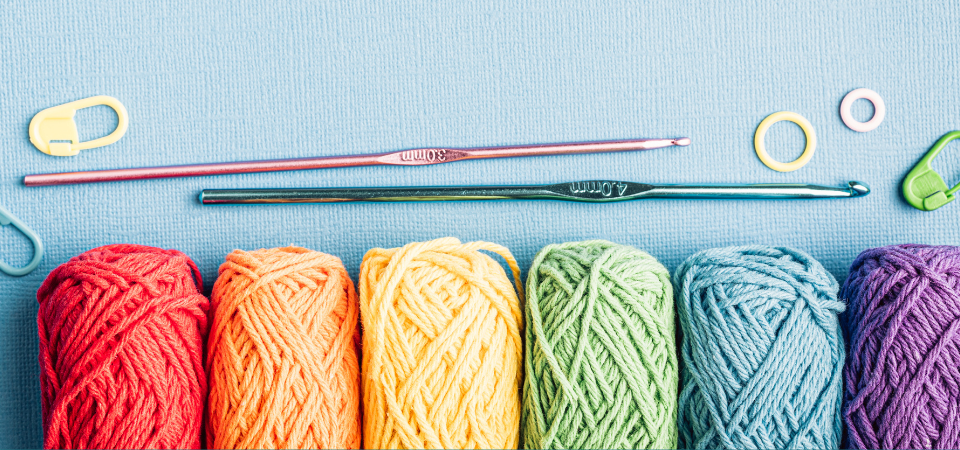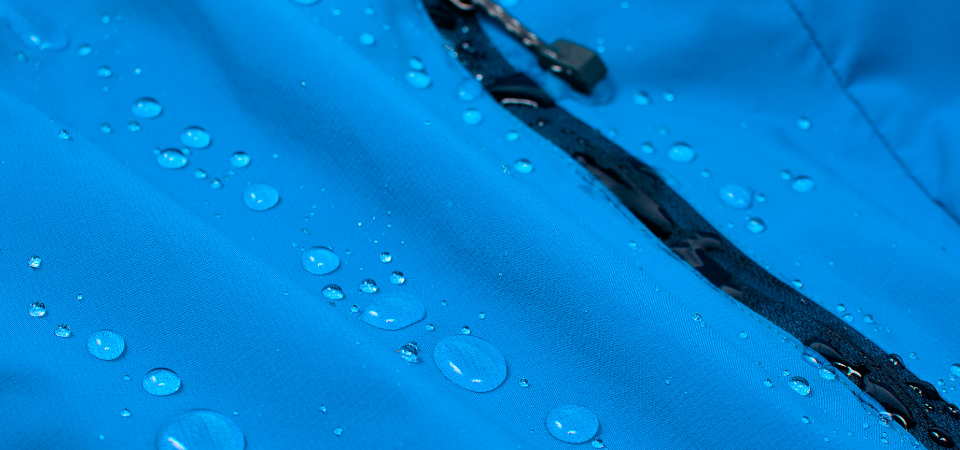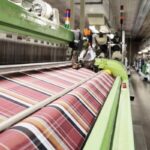
Textile Chemicals Redefining Color, Comfort, and Durability
December 25, 2023
What is Fabric Shrinkage and How is it Measured?
January 2, 2024Yarns, which are considered as the sine qua of the textile industry, give various features to textile products. Filament yarns, which have a special place among the yarns, attract attention with the features it brings to the fabric. Filament yarns are a type of yarn consisting of continuous fibers and have fairly long strands of yarn. It is divided into monofilament and multifilament. It is a yarn that stands out with its durability and indispensable in the production of technical textile products. In yarn factories, filament yarns are usually made from synthetics. Among the natural fibers are only silk, which becomes filament yarn. For a bright, smooth and soft texture, filament yarns are used in a wide variety of. In this article, what filaments are, their characteristics, how they differ from other yarns and their uses are discussed in detail.
Table of Contents
ToggleWhat is Filament Yarn?
Filament yarn is the type of yarn that is constantly formed by certain types of fibers and is obtained by bending from fibers or strips. Among the natural fibers, only silk filament is known as yarn, other than that it is usually produced from synthetic materials. It is a fairly long type of thread in size. It is divided into two parts: Monofilament and multifilament. Single yarn filament fiber is used for monofilament yarn. It is mainly used in the construction of threads such as fishing rod, sewing thread or metallic thread. Since it has a transparent structure, it is also used in some industrial applications. Multifilament is a type of yarn used for industrial purposes and is obtained by combining many fine filaments. This type of yarn, where multiple thin filaments are used together, has a much softer and flexible structure.
What Are the Characteristics?
Filament yarns is a type of yarn that attracts attention with its many features and has an important place in the textile industry. One of the highlights among these features is its continuous structure. This type of yarn is made up of long and continuous bundles of fiber. Therefore, it has a more durable structure compared to other yarn types. Also, this continuity gives the thread a smooth texture. Especially in synthetics such as nylon, it is preferred to obtain silky softness. Aesthetically, it attracts attention not only with its smooth texture, but also with its brightness. This luster in silk filament from among natural fibers is quite dazzling. Fabrics where filament yarns are used do not collect feathers on the surface over time. The low rate of feather collection and retention is a factor that makes this type of yarn advantageous. Since it is uniform in thickness and length, it also offers a consistent appearance. Finally, because it has a continuous structure, it is quite strong in terms of durability.
What Are the Differences Between Staple and Filament Yarn?
Staple yarn is made up of short pieces of cropping fibers and is made of synthetics as well as natural fibers such as cotton or wool. The differences between staple yarn and filament yarn are shaped according to the production method and usage area.
The most fundamental difference between both types of yarn is structural. While staple yarn trimming is a combination of fibers, filaments are made up of long continuous fibers. This structural difference is due to the difference in production because in staple yarn production the fibers are cut or broken, while in filaments the long fibers are directly joined together or produced without being touched at all. Both threads are not very flexible in texture, but filament yarns have a fairly smooth texture and are of interest in this aspect as well. When considered as a usage area, staple yarn stands out in clothing and home textiles. Filaments are preferred in technical industrial applications, underwear, or flooring.
What are Filament Yarn Types?
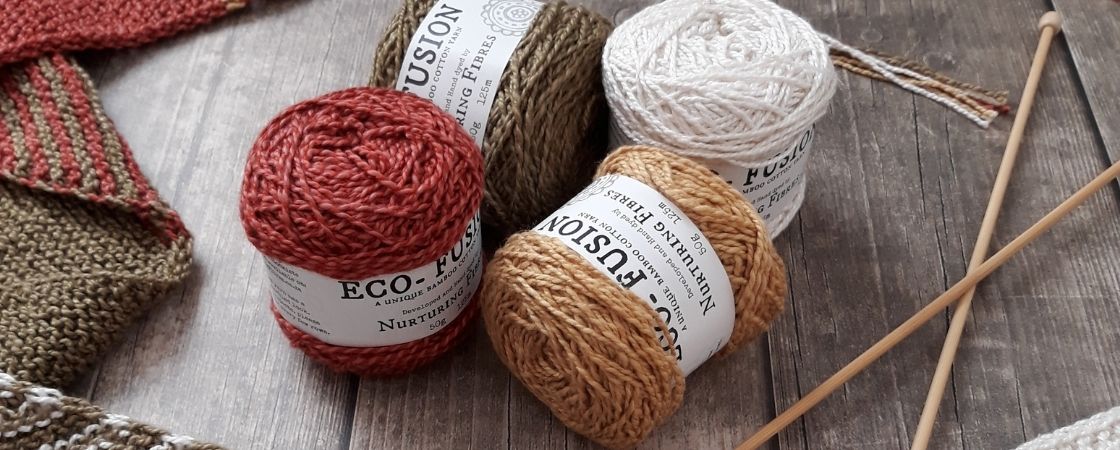
Filament yarn is divided into monofilament and multifilament in itself. Monofilament consists of a single continuous fiber. Multifilament consists of multiple thin filaments. Filaments can also be classified according to the material from which they are produced.
- Nylon Filament: The nylon that stands out among the synthetics is highly advantageous when combined with the durability of the filaments. Its use is in underwear or technical industrial applications.
- Polyester Filament: It is durable, light and color-grabbing in terms of structural property. Clothing is mostly preferred in textile and technical industrial applications.
- Polypropylene Filament: A type of yarn used in outerwear and technical industrial applications. It is structurally light and low density.
- Rayon Filament: It is a prominent material in underwear and women’s clothing products and attracts attention with its luster and softness.
- Silk Filament: It is the only type of fiber used as a filament between natural fibers. In addition to being a symbol of luxury, it has a soft and smooth texture. It is often used in the luxury clothing industry.
How To Check the Yarn Count for Filament Yarn?
There are numbers that express how thin or thick the yarn is. It is measured in denier (Den/ D) or tex units. Filament yarns also mean that if the thread number is small, it is thicker and if it is high, the thread is thinner. The correct number selection varies depending on where the thread will be used. For example, in the clothing sector, thinner yarns are generally preferred, so higher yarn numbers are looked at in filament yarns. In technical industrial applications, thick yarns are ideal, so small numbers are preferred.
In Which Areas Is Filament Yarn Used?
The area of use of filament yarns is quite wide. This variety is due to the fact that filaments give a great advantage functionally. It is a very popular type of yarn in the textile industry. Apparel fashion is preferred in underwear, accessories, and outerwear. The prominent use of filaments is mostly the production of technical textiles. Since it has a very durable structure, it has an important role in the production of textile products that require special performance. It is preferred in areas such as outerwear and sportswear. When looking at home textiles, it is common to use in curtains, towels, and linens. It is also possible to see that filaments are often used in floor coverings and flooring. It has become attractive in this field with both durability and vivid colors.

